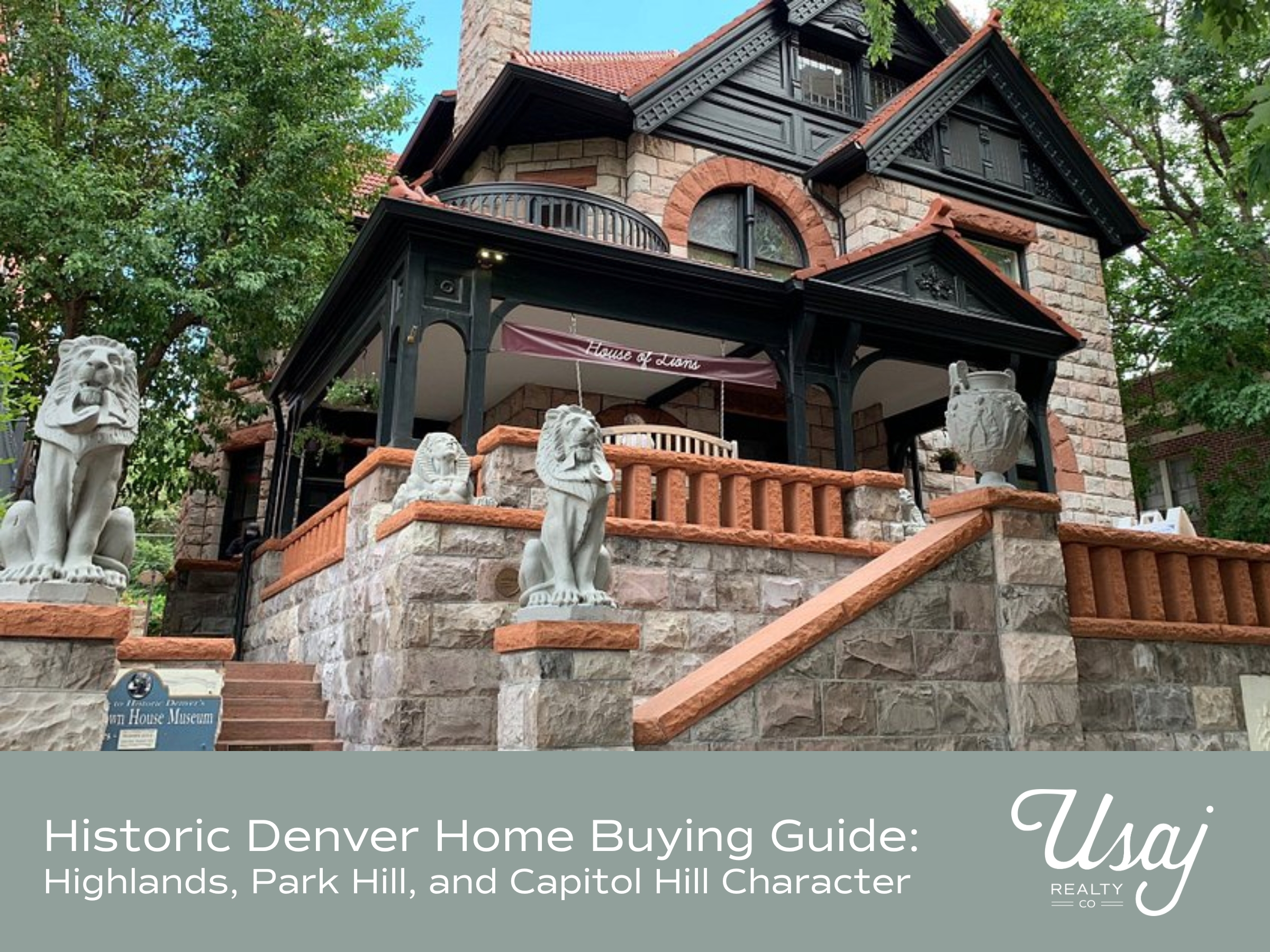A Look Back: How Mortgage Rates Have Shaped Home Buying
Still sitting on the sidelines, trying to determine whether it’s the “right time” to buy a house or condo? Do rising interest rates have you wary about entering the market?
Despite the recent rise in interest rates, they are still at historic lows. Forty years ago, a 30-year fixed mortgage interest rate was in the double digits. Even as recently as the early 2000s, interest rates were well above the current 4.9 percent.
While real estate prices in Denver continue to ebb and flow with the seasons, there are no indications that interest rates will be dropping anytime soon. As a result, now is a perfect time to finally get out of your quandary and buy a home.
This historical perspective will help give you an idea of why now is a good time to start looking for a place of your own and take advantage of the low interest rates.
Timeline of 30-year fixed mortgage interest rates
Interest rates for a 30-year fixed mortgage have been incrementally rising during 2018 and are currently around 5%. Some people have panicked about these increases and as a result are hesitant to enter the real estate market. Those folks are usually thinking about the “good old days” of 2013 when the rates were hovering around 3.6% in May.
Good thing you weren’t looking to buy a house in 1981 when mortgage interest rates were nearly 17%. That’s right 17 — it’s not a typo.
From the mid-1960s to the early 1980s, the U.S. saw steadily increasing inflation that ultimately produced 30-year mortgage rates at 11.3% and 13.5% in 1979 and 1980, respectively. Mortgage rates were floating in the 8-9% range until they catapulted to over 11% in 1979 and ultimately to almost 17% in 1981.
There was high unemployment during that time as well (7.6% in 1981) and (9.7% in 1982) before dropping to 6.2% in 1987.
By the mid 1980s, 30-year fixed mortgage rates fell to a little over 10%. The decrease would more or less continue and by 2010, interest rates dropped below 5%. That rate was lower than the 5.45% available the early 1960s.
So, as you can see, today’s interest rates are still a steal compared even that of 15 years ago (2003 — 6%).
Impact of inflation
Unfortunately, the price of a home has risen substantially in the last five years. In Denver, the economic boom, low unemployment and a big population increase, has caused real estate prices to skyrocket. Even when you adjust for inflation, median home prices are well above the standard.
Inflation since 1980 has averaged 2.28% yearly. That means that $1 in 1980 equates to $3.08 today.
For example, a home priced at $126,900 in 1980 would be worth $388,768 today when you adjust for inflation. The median price of a home in Denver is now $435,000. Just 10 years ago, the median price was below $200,000. Granted, that was when the housing market crashed and the Great Recession began. But even when the recovery began, prices were still in the low to mid $200,000. It wasn’t until 2014 that the Denver real estate market began to see a dramatic increase in home prices.
So why should I buy?
Beyond the low interest rates still available and the overall value of Denver property, there are other tangible and intangibles that make home ownership attractive to most people. A home is a real, palpable object which you can enjoy and in which memories are made. It can provide years, if not decades, of enjoyment, comfort and pride for you and your family.
Social opportunities, sense of belonging that comes with homeownership
Owning a home allows you to establish new relationships among your neighbors that often turn into lifelong friendships. The social aspects of homeownership is often overlooked and under-reported; yet it is a critical reason people decide to buy.
According to report by the National Association of Realtors, “owning a home embodies the spirit of individual autonomy and is the aspiration of most American households. Homeownership allows households to accumulate wealth and social status, and is the basis for a number of positive social, economic, family and civic outcomes. Many studies found that homeownership still provides a variety of social benefits. Homeownership boosts the educational performance of children, induces higher participation in civic and volunteering activity, improves health care outcomes, lowers crime rates and lessens welfare dependency.
“With a home purchase comes the pride of ownership and the sense of belonging in a community where one has a financial stake in the neighborhood. Also, ownership entails greater individual responsibility … More recent studies have found that the wealth building effect of homeownership and the sense of control it provides to homeowners in a stable housing market affect homeowners’ mental and physical health in a positive way.”
Build equity, forced savings account
When you rent, you are not investing in anything except your landlord’s portfolio. Owning a home is a great investment and what you save on your taxes is significant. The value of a home typically rises at least 2 percent per year; in Denver, many homes are valued 50 percent higher than they were 10 years ago! Building equity (the difference between your home’s value and how much you owe your mortgage lender) in your home is an easy way to invest towards your retirement or future home improvement projects.
And remember, “A house is made of bricks and beams. A home is made of hopes and dreams.”





